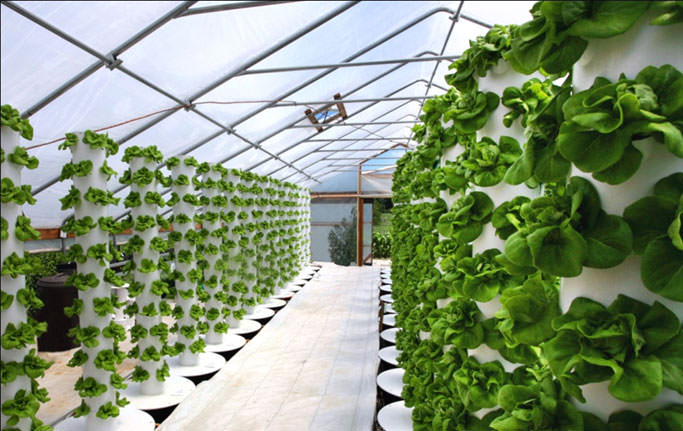
- The porous micro-surface texture and interior porous structure of ECA resist clogging and provides superior aeration that promotes growth of delicate, fine root systems.
- Since most soils consist of solid particles, water and air, it is necessary to maintain a careful balance.
- A good soil profile is approximately 25% water, 25% air and 50% solid particulate matter.
- However, when soils are compacted, an imbalance occurs and water and air are squeezed out.
- The most important result of compacted soil is decomposition or putrefaction of root.
- Expanded clay does not need to be re-applied year after year.
- With ECA you can avoid compact or solid condition.
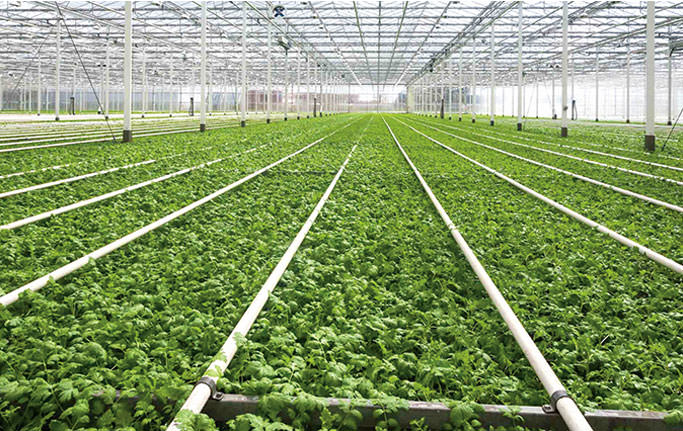

CLASSIFICATION
- Generally, agriculture is done by two methods:
- Conventional method - where natural soil is been used.
- Modern method - where Expanded clay aggregate is used either with soil or individually.
- Modern method in agriculture includes:
- Horticulture
- Hydroculture / Hydroponics
- Plants In Greenhouse Containers
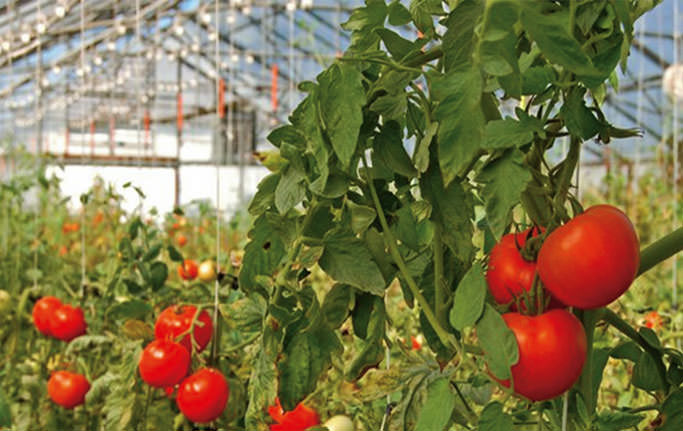

HORICULTURE
- It improves the physical characteristics of these classic substrates for cutting production, for the growth of hothouse plants, for the growth of plants for flower borders, etc.
- ECA has also been used in mixtures with mineral soil to improve the soil structure of nurseries.
- ECA has other quality improvement such as following:
- Increase air space for healthier root development
- Reduce compaction of soil and Increase soil porosity
- Reduce of sweet soil weight
- Reduce labour cost through more efficient watering
- Increase profits with quicker crop turnover and higher plant quality
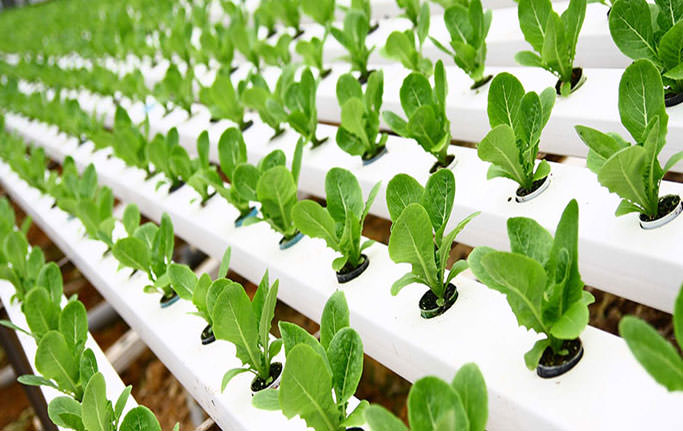

HYROCULTURE
AND HYDROPONIC
- ECA is pH neutral, is not compact and is reusable, making the product highly recommended and good for the environment.
- ECA expanded clay is used as a direct replacement for soil, mainly in hydroculture and hydroponic systems.
- ECA allows the system to be stable in form and structure, while allowing excess liquid to be absorbed.
- Hydroponic cultivation with ECA is what is called a closed system.
- Expanded clay is inert, so the plants’ nutrition depends on providing a nutritional solution.
- ECA , also supports plants, since its regular shape results in better aeration and lower moisture retention.
- Another great advantage of ECA expanded clay in this system, is that it is very light and easy to manage.
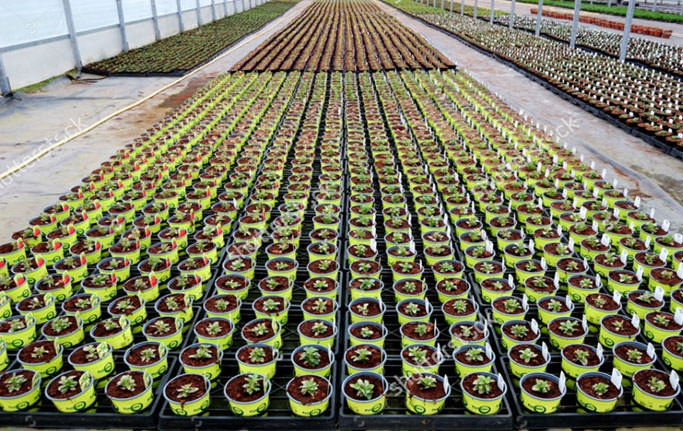

PLANTS IN GREENHOUSE CONTAINERS
- The soil in the containers is subject in time to pressing due to its weight and the water.
- Adding ECA significantly and permanently improves its porosity features for air and drainage, thus avoiding the suffocation of the roots and enhancing the overall result.
- Furthermore, the soil, with 20-30% of ECA, reduces the excessive weight of the containers, yet assuring the necessary stability.
- ECA is also useful when moving plants from the container to the customer's garden.
- A layer of ECA on the bottom of the hole assures drainage and the right level of humidity so the plants take root better.
get in touch
Nexus Buildcon Solutions
Off N. H. 8A (Bamanbor-Morvi),
Mesariya Road, Rangapar Village,
Tal. Wakaner, Dist. Rajkot, Gujarat, India
Copyright 2015 Nexus Buildcon Solutions.

